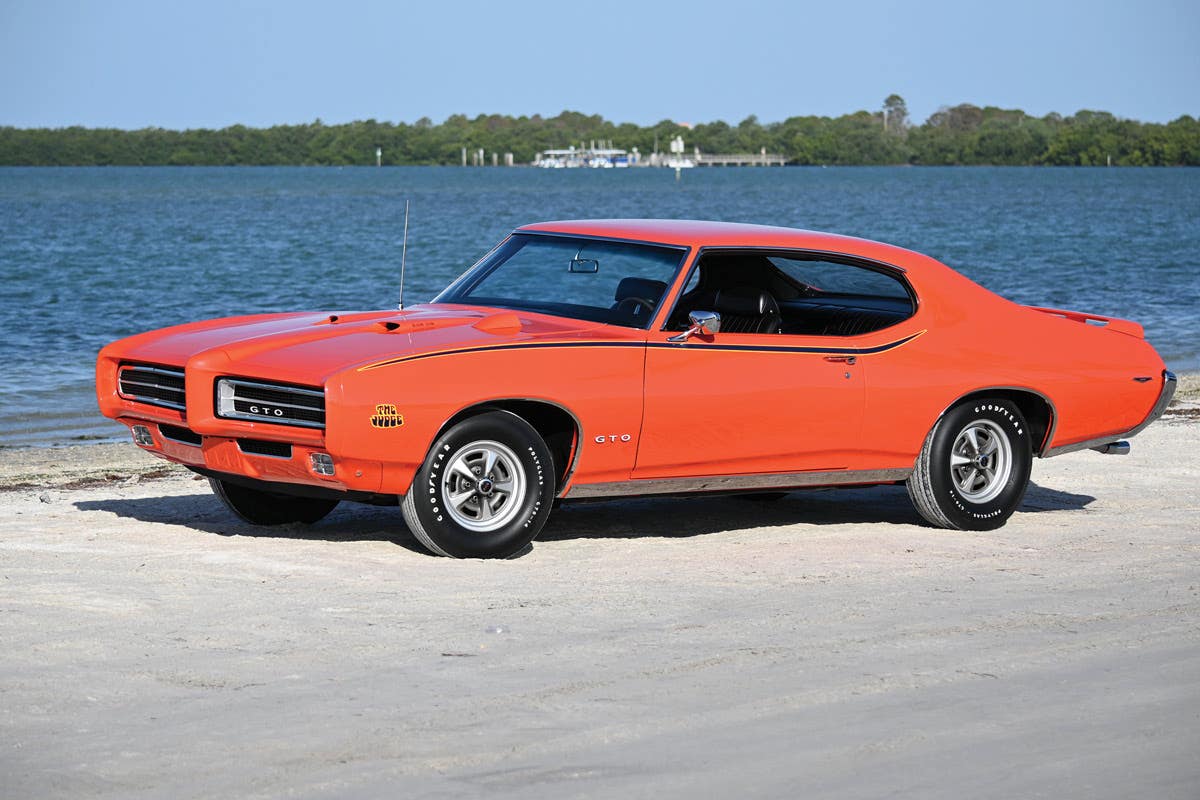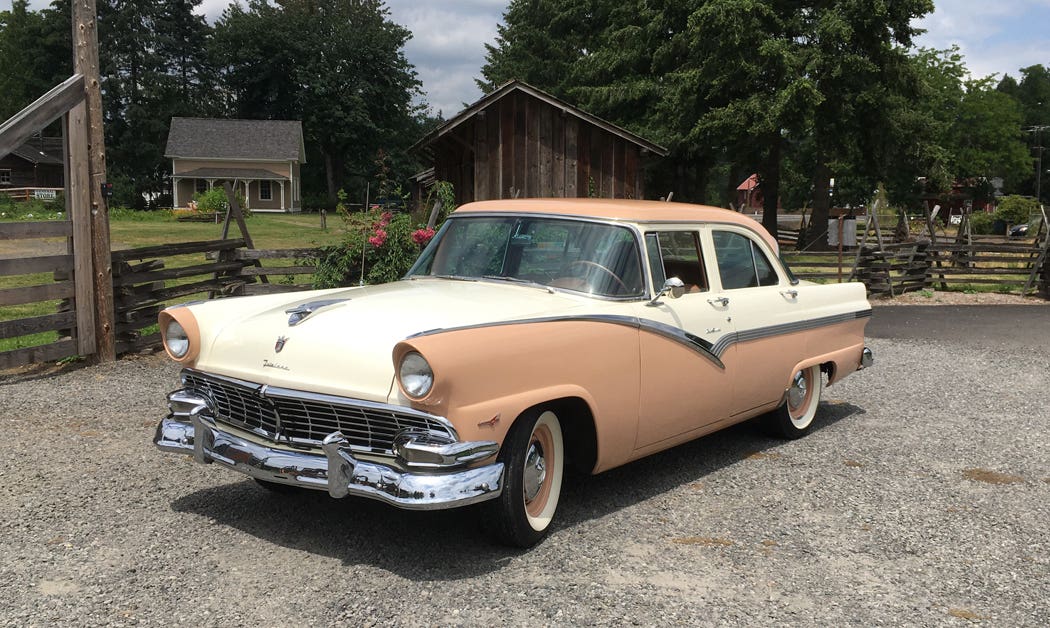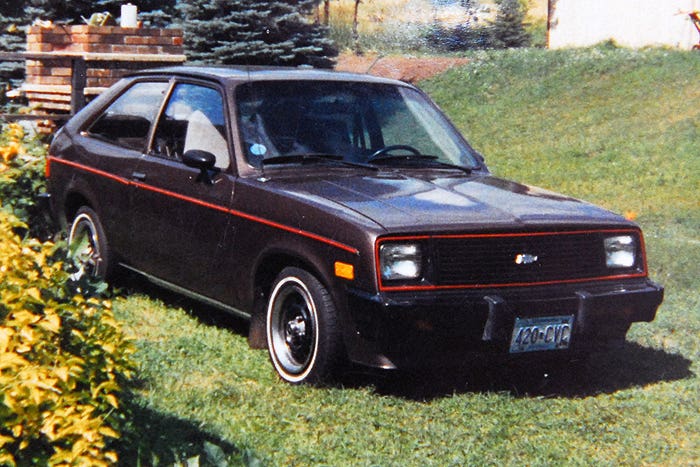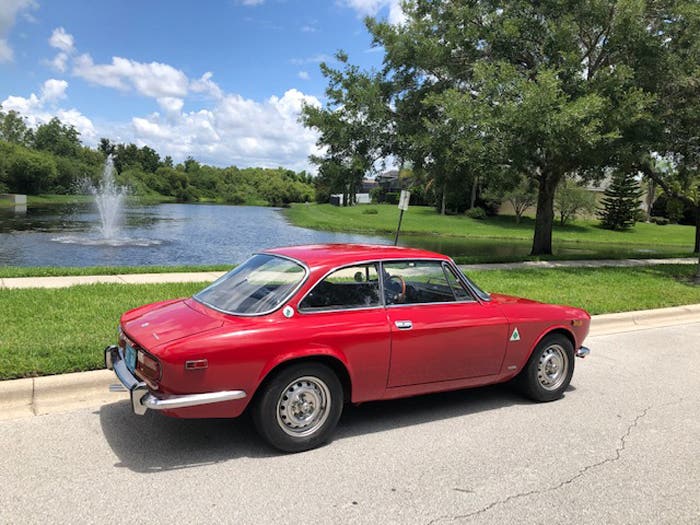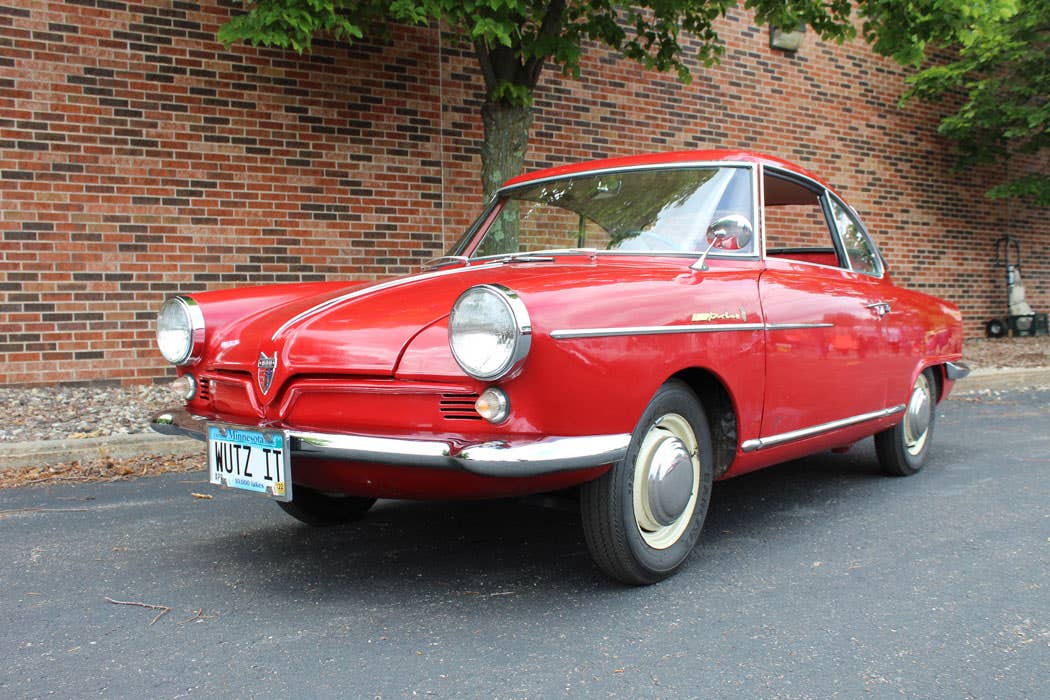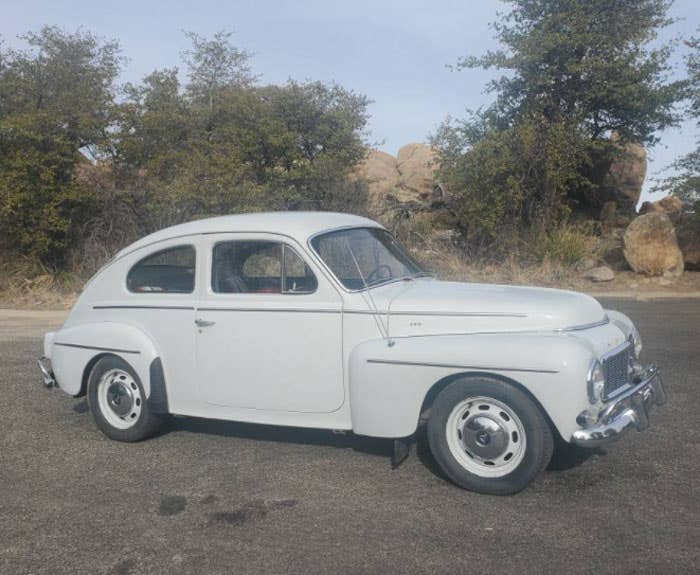The last Brewster Ford
After their financial resources, the Vanderbilts are known for automobiles — both racing them and owning them. In addition to their unique dedication to racing the automobile, the family had uniquely fine taste when it came to selecting chariots — often Packards, many of these cars carrying expensive and plush coachwork. But this Ford was different.
There are more mods than meet the eye in the Vanderbilts' former 1938 Ford V-8
By Angelo Van Bogart
Photos by G. Steven Willey
After their financial resources, the Vanderbilts are known for automobiles — both racing them and owning them. In 1904, William Kissam Vanderbilt II founded the Vanderbilt Cup, a race that attracted international competition to Long Island, N.Y. The race lasted through 1906, after which Vanderbilt built a parkway that could double as a race course to re-start the competition beginning in 1908.
In addition to their unique dedication to racing the automobile, the family had uniquely fine taste when it came to selecting chariots. Grand names such as Packard famously occupied the Vanderbilt family members’ carriage houses and garages, many of these cars carrying expensive and plush coachwork. However, that coachwork wasn’t always reserved for a Vanderbilt Packard, as this 1938 Ford Deluxe proves.
Upon reading about a Vanderbilt family member’s 1934 Packard Rollston town car in Old Cars Weekly, reader G. Steven Willey submitted these photographs of an unusual Ford once owned by a line of the Vanderbilt family. The car is now owned by Willey’s friends, who are Rhode Island neighbors to the Vanderbilts. To protect the wishes of the current owners, we will not identify them. However, Willey was able to offer some insight into the unusual Ford from information the owners provided before he inspected it during the summer of 2010.
“When Mrs. Vanderbilt died, [the current owner] went over the house and there was a line out the door of people wanting to buy items from the home,” Willey said. “The people in the home said the car will be sold to [the current owner] and she has had it ever since,” Willey said. The sale occurred in the 1960s.
Willey said the modifications to the stock Ford body were undertaken by Brewster, a coachbuilder well known for crafting bodies for Rolls-Royce automobiles. However, Brewster went out of business in 1936, and in 1937, John S. Inskip, a former Brewster vice-president of sales, purchased the remains of the company. Inskip’s new company continued to sell automobiles and bodies it built. It’s believed Inskip used the Brewster name when his company modified this Ford, perhaps treating it as a continuation of the 1934-’35 Brewster Ford town cars, those very formal Ford V-8s famous for their heart-shaped grille. Although this 1938 Ford does not employ as many unique features as an earlier Brewster Ford, it does have many subtle features that make it exclusive.
“They took the running boards off it, because during that period of time, hobos would jump on cars with running boards and try to ride on the car, so he had Brewster remove the running boards so that would not happen,” Willey said. “Of course, it’s also the Vanderbilt colors — the Royal claret and black — so it was obviously a Vanderbilt car if you knew that those were the family colors.”
On the outside, the Ford is crowned with a top covering that begins several inches behind the windshield and extends across the roof and down to the top of the deck lid. The lower rear edge of the roof covering is neatly trimmed to match the car’s beltline pinstripe.
Inside, the Ford is plusher than a production DeLuxe model with upholstered panels over the blanked-out rear side windows, each carrying a small lamp, plus several other appointments that add to its individuality.
“It has a braided rope in the back seat, which is nautical because, of course, the Vanderbilts were a very nautical family,” Willey said. The Ford also has a division window operated with a crank on the occasion it was chauffeur-driven.
Willey said the current owners had the Ford repainted during their 40-plus years of ownership, but the car is otherwise original and in fine condition. The Ford was also in fine running condition when Willey inspected it during 2010, so it’s possible some readers have seen this handsome Ford on Rhode Island’s roads. If you are among them and can provide more details, write to OCW — we’d love to fill in any gaps.
More info: Vanderbilt Cup Races
A group of hobbyists keep the memory of the Vanderbilt Cup Races alive on an active website and through a regular electronic newsletter. Learn more about the organization and the races at www.vanderbiltcupraces.com.
More info: Early Ford V-8 Club
The Early Ford V-8 Club of America is an international organization that honors 1932-’53 Ford, Lincoln, Mercury, commercial vehicles, tractors and other Ford-powered vehicles built with 4-, 6-, 8-, and 12-cylinder engines produced by Ford Motor Co.
Resources
The Early Ford V-8 Club of America
P.O. Box 1715
Maple Grove, MN 55311
www.earlyfordv8.org
-------------------------------------------------
Another unique coachbuilt Ford V-8
Ford V-8s were reliable and powerful transportation for the everyman, and particularly handsome, thanks to the pen of E.T. “Bob” Gregorie. The complete package offered by Ford through the 1930s also appealed to a few wealthy individuals, and a handful of them had custom coachwork fitted to the Ford chassis. One such example is this 1940 Ford DeLuxe town car, believed to wear Rollson (formerly Rollston) coachwork with considerably sharp shapes.
This photo was previously submitted by reader Casey Hayes of Commerce City, Colo., and is an excellent example of a dramatic change in personality offered by coachwork on a entry-priced automobile. In this instance, the cost of the coachwork was certainly higher than the price of a top-of-the-line 1940 Ford DeLuxe production model.
Ford fans should check out these Blue Oval resources from Old Cars Weekly:



